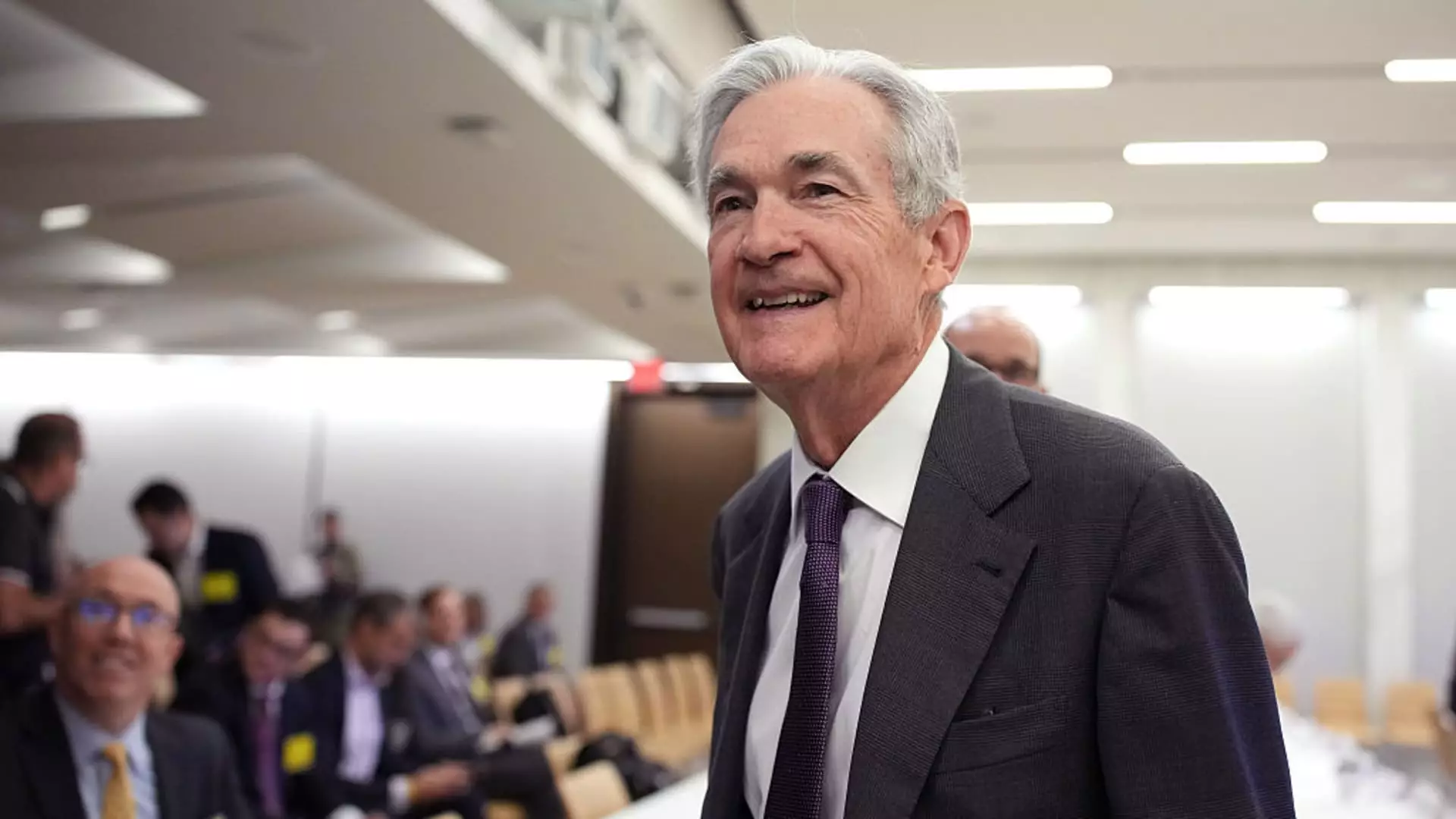In recent discourse surrounding the Federal Reserve’s future and its leadership, a recurring theme emerges: the imperative for rigorous oversight and reform. While the current Chair, Jerome Powell, remains steadfast in his position and has not indicated any intention of stepping down, voices within the financial sector and political arena challenge the status quo. Treasury Secretary Scott Bessent’s comments underscore an essential truth—oversight of the Fed’s sprawling operations must evolve to prevent unchecked growth and potential misuse of funds. The contentious debate around the Fed’s $2.5 billion building project exemplifies how a lack of external scrutiny can breed inefficiency and excess. This reveals a broader systemic concern: an institution with enormous influence over national and global economies should operate under a clear framework of checks and balances that prioritize transparency over bureaucratic expansion.
From my perspective, the call for an internal review by the Fed itself, as suggested by Bessent, might be a step in the right direction, but it is insufficient. Relying solely on self-assessment risks perpetuating insular decision-making processes that ignore broader public and governmental oversight. Instead, a more comprehensive review—possibly led by an independent body with authority and expertise—could serve as a catalyst for meaningful reform, ensuring the Fed does not become a hidden fortress immune to accountability.
Political Interference: A Threat to Monetary Stability
The ongoing tension between the White House and the Fed vividly illustrates how political interference threatens the institution’s integrity. President Trump’s overt calls for drastic interest rate cuts and suggestions of leadership removal cast doubt on the independence that the Federal Reserve has long enjoyed. While political leaders may have short-term economic concerns, such as boosting elections or appeasing certain interest groups, these pressures risk destabilizing the monetary framework designed to maintain long-term economic health.
In my view, a stronger assertion of independence by the Fed is vital to safeguarding the economy from politicization. When monetary policy becomes a pawn in political battles, the delicate balance of inflation control, employment, and financial stability is jeopardized. Powell’s reluctance to cave to political demands suggests a commendable commitment to this independence, but political noise remains a potent force that could undermine future decision-making. Therefore, the real challenge lies in reinforcing the institutional independence of the Fed, ensuring it remains insulated from external pressures that could distort its mandate.
Balancing Transparency and Autonomy in Monetary Policy
The debate around transparency versus independence is increasingly relevant. Officials like Michelle Bowman emphasize the importance of accountability without compromising the Fed’s ability to operate without undue political influence. Transparency builds public trust and legitimacy, yet excessive oversight could risk politicizing monetary decisions—an outcome that could hinder effective policy responses.
From my standpoint, the key lies in establishing clear lines of communication and accountability mechanisms that do not threaten operational independence. The Fed should routinely articulate its rationale behind interest rate decisions, inflation assessments, and economic forecasts while maintaining proprietary discretion. This balance fosters both market confidence and democratic legitimacy. Moreover, continuous dialogue with Congress and the public can help demystify the Fed’s actions, reducing the likelihood of populist backlash or unfounded criticisms.
The Future of Monetary Policy in a Turbulent Political Climate
As markets speculate about the Fed’s next move—whether to cut interest rates or hold steady—the broader context is one of heightened uncertainty. The influence of international trade tensions, tariffs, and political pressure from the highest levels creates a complex environment where monetary policy decisions are strategic yet fragile.
In my opinion, the Fed’s resilience and credibility will largely depend on its ability to maintain a steady course rooted in sound economic principles rather than volatile political whims. The decision to hold rates steady despite calls for cuts reflects a prudent approach, prioritizing data and economic fundamentals over transient political signals. The challenge moving forward is to sustain this focus amid external noise and internal pressures. A robust, transparent, and accountable framework not only preserves the Fed’s independence but also fortifies the economy’s capacity to navigate future shocks with confidence.

